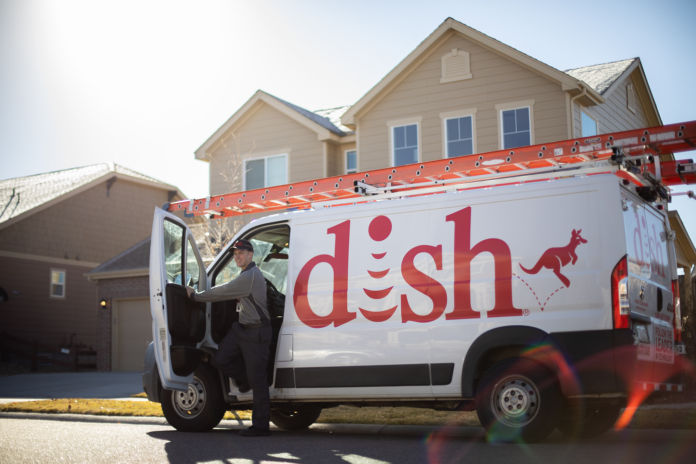Dish recorded 200 Mbps uplink peak speeds with 35 MHz of 5G spectrum and 1.3 Gbps downlink peak speeds with 75 MHz of 5G spectrum
Dish Wireless this week announced the successful completion of simultaneous 5G 2x uplink and 4x downlink carrier aggregation (CA) for Frequency Division Duplex (FDD) spectrum with partners Samsung and Qualcomm.
Dish recorded 200 Mbps uplink peak speeds with just 35 megahertz of 5G spectrum, and its network executed 1.3 Gbps downlink peak speeds with just 75 megahertz of 5G spectrum, both across FDD bands n71, n70 and n66. Compared to Time Division Duplex (TDD), which is another spectrum usage technique and uses a single frequency for both uplink and downlink, FDD uses separate frequencies for the uplink and the downlink, and in general, is considered better for coverage.
Referencing data from Ofcom, Dish claimed that the demand for uplink capacity has grown by 300% as users increasingly engage with uplink-heavy activities such as posting on social media and video conferencing. “By successfully delivering 5G 2x uplink and 4x downlink carrier aggregation for FDD spectrum, Dish is now poised to deliver a better customer experience across our 5G standalone network. We look forward to continuing to pave the way to fully harness the power of 5G,” commented Eben Albertyn, EVP and CTO at Dish Wireless.
A phone equipped with Qualcomm’s Snapdragon X75 5G Modem RF System was used for the carrier aggregation tests, which were performed both at Dish’s lab and in the field. Samsung provided its 5G vRAN solution and the company’s dual- and tri-band radios were deployed across the Dish 5G network.
Dish’s nationwide 5G commitments included that it would deploy a nationwide 5G network that had at least 15,000 sites deployed, with at least 30 megahertz of Dish’s download 5G spectrum averaged over all Dish 5G sites deployed nationwide, and that at least 70% of its covered POPs would have access to average download speeds of 35 Mbps or greater. The Federal Communications Commission earlier this month confirmed that the provider has, in fact, met this 5G build-out requirements and two of three related commitments, with one set of test results still pending to see if Dish is meeting network speed requirements.
Most recently, Dish has said that its 5G Open RAN network now covers more than 73% of the U.S. population with 5G broadband coverage and more than 100 million Americans with 5G voice service.

